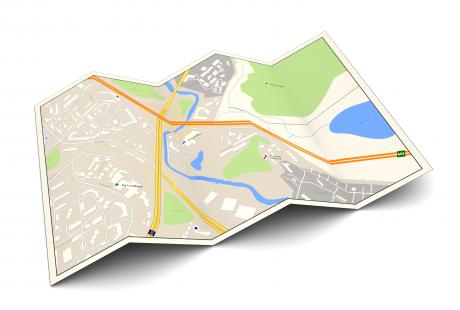In the world of product development, end dates don’t exist. Launch day is definitely a great time to celebrate all the hard work put into the product, but developers would be foolish to think their job is done.
No team – not even with the most prolific developers on the globe – nails it on the first try.
Developers don’t know the truth about their product until it’s out there for people to use. Everything leading up to the first launch is projection; everything after is reality.
Once a product is live, consumer behavior and feedback will illuminate a whole new set of challenges to face.
>See also: 4 fundamental practices in IoT software development
Further, because technology isn’t stagnant, the environment surrounding the product will continuously evolve, meaning the product will also have to evolve in order to remain relevant.
Development journey
A product road map will guide a project team the same way an actual map guides travelers to a destination. It aligns every stakeholder in the process, helping them holistically understand the problem they are solving and how their individual contributions contribute to the big picture.
This road map should be created on day one – immediately after the first conversation with the client — and it should serve as the team’s guide for the project’s entire lifespan.
It should contain a high-level strategy for the product over time, taking into account both behavioral and environmental factors that could influence the product’s future.
As the development process progresses, the landscape can get hazy. Often, this is due to unexpected curveballs, communication breakdowns and differences in understanding.
For example, various teams across a project could interpret a client expectation completely differently. In this scenario, a centralised road map that everyone has access to serves as a central record of truth that contains universally agreed-upon directions, goals, and insights, removing guesswork and subjectivity from the equation.
Road maps present the big picture and keep it at the forefront of everyone’s mind. Instead of thinking in terms of timelines, the team remains unified behind the goals and direction provided in this centralised document.
Map features
Creating an insufficient product road map is almost as bad as not having one at all. A great map will possess certain features that make the development journey clearer for all involved parties.
Here are five features that every product road map should have.
1. Flexibility
Your mission is bound to change throughout the development journey. Whether those changes are anticipated or completely unexpected, yourroad map needs to be flexible and easy to update when new insights and challenges arise. Use a tool – even something as simple as a Google Doc – that allows for ongoing changes and updates as well as sharing capabilities.
2. Organisation
Your team needs to see all product features as part of the big picture. Categorise these features into larger epics so you can provide an extra level of understanding to those viewing the road map. This organisation can also help the team understand the taxonomy for describing feature sets – and it could affect how developers will architect and group their code.
3. User stories
A user story is usually structured like this: “As a <user type>, I will perform <this action> so that <this goal> is accomplished.” For your project team, this boils down to understanding what each unique user does and why. When discussing granular features, it’s a good practice to write the features as user stories to create a better product for consumers.
4. Tag dependencies
Tagging features with dependencies allows you to build a timeline with more confidence. When you’re aware of the dependencies, you can dodge huge mishaps that might arise because features in your product don’t interact with other applications correctly.
>See also: 5 ways to accelerate the software development process
5. KPIs
Identify and write down any key performance indicators you can assign to your features. When you add these to your road map, teams better understand what they’re working toward, and they can then track and assess their progress after launch. Think of these KPIs as checkpoints. Once the product is live, the team can then track and assess how it performs.
A road map will guide a product development team not only before the launch, but also after the product is live. These five features can be used to ensure project members are invested long after launch day and that the product evolves in innovative ways that benefit users.
Sourced from Caroline England, director of product management, Fuzz










